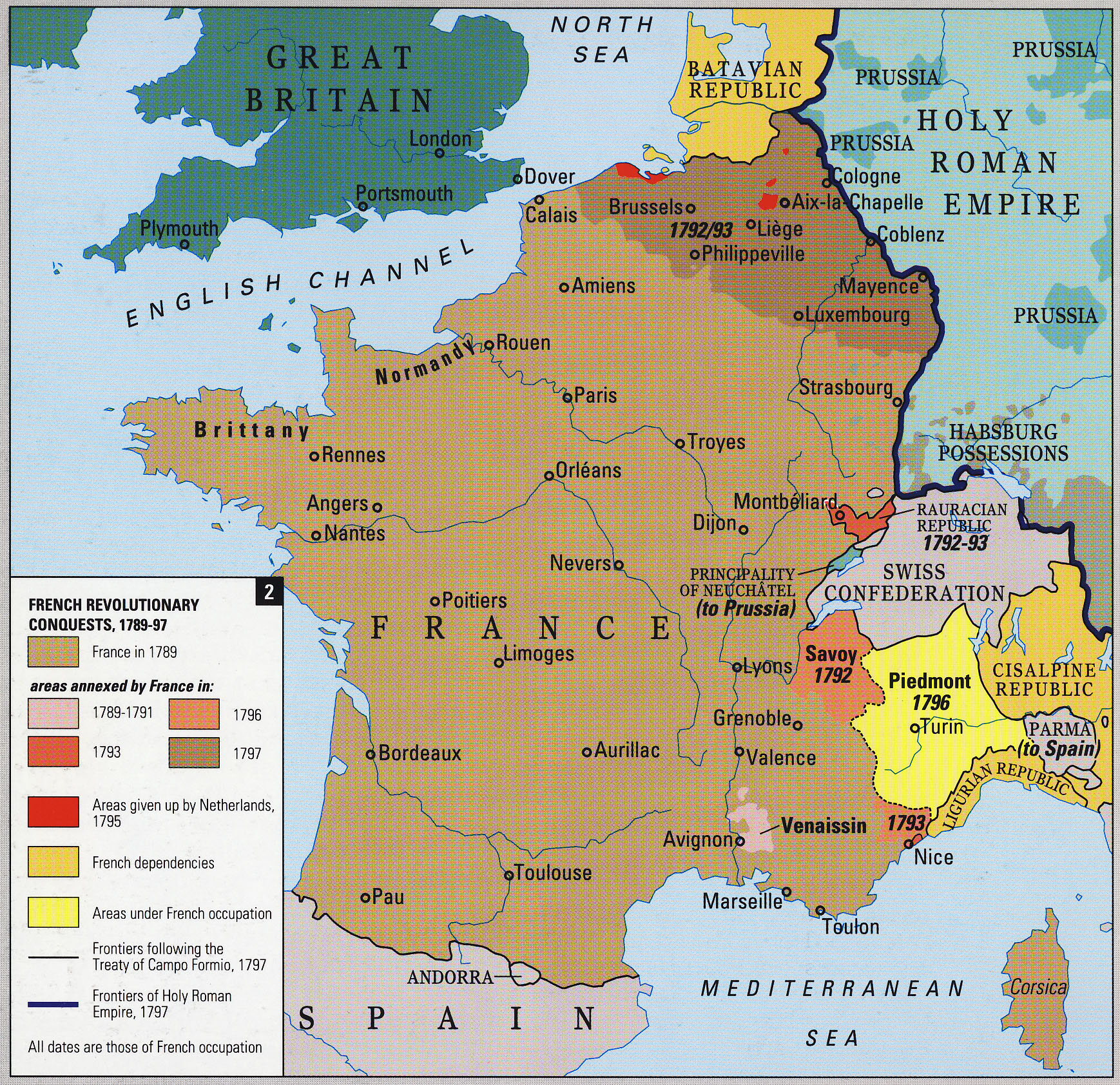
And, of course, there are rules for nuclear weapons that create contaminated zones but give Political Points to your opponent when used. The Nazis also have ballistic missile brigades, while NATO has electronic-warfare units to disrupt Nazi air and missile strikes. NNN depicts the influence of late Cold War technology through helicopter-borne troops that can conduct airmobile assaults. But in this game, Germany has Stormtrooper units to “nazify” captured Allied cities, a concept both logical in theory and totally bizarre to imagine. NATO can perform denazification, as the Allies did in World War II, to purge the swastika from captured German cities. Partisans can pop up in German-occupied territory, and the Nazis can conduct terror attacks to eliminate them, but doing so only generates more guerrillas (some things never change). Air transports can do strategic airlifts, paratroopers can drop behind enemy lines, and marines and commandos can perform amphibious assaults.

Airpower can strike enemy ports and airfields, and interdict supply lines. The game has a fairly sophisticated combat model of twentieth-century mechanized conflict. It’s as if the Battle of the Bulge met Desert Storm. What’s fascinating about the original NATO, Nukes & Nazis is the juxtaposition of World War II and 1980s warfare. The winner of the game is based on Victory Points awarded for actions such as capturing cities and eliminating enemy units. At the end of each turn, dice are rolled to determine next turn’s weather, and more dice are rolled on a Politics table for random events (one outcome of which is German units are sent to the Eastern Front, simulating the impact of the Russian army). Then comes combat, which is resolved by rolling dice and consulting a chart, and then exploitation movement to take advantage of a breakthrough. Players alternate turns, with each player mobilizing reinforcements and replacing destroyed units, and then moving ground and air units (with the opposing side given a chance to intercept with their air force). Ground units are rated for their attack, defense and movement capabilities aircraft for their air superiority, ground support and interdiction values. NATO is a rainbow of colors for the Americans, British, French, Belgians, Spanish, Turks and Israelis, as well as neutral Sweden, Switzerland and Ireland. NNN comes with four hundred half-inch-square pieces representing divisions, brigades and air units, colored gray-green for the Wehrmacht (regular German army) and black for the SS. The Soviet Union isn’t represented in the game, apparently because the Eastern Front was to be featured in a never-published sequel, along with an expansion for World War III in East Asia (naturally titled Nippon, Nukes and Nationalists). NNN is played on a three-by-two-foot map, divided into hexagons, of western Europe stretching from Britain in the northwest, south to Switzerland and east to central Germany.

It all boils down to simulating an alternate World War III, with Nazi Germany taking the place of the Soviet Union. Whoa! Does all this even matter? Just pretend that Hitler’s brain was spirited away to Argentina in a pickle jar and then resurrected. The Cold War stays cold, until the Germans decide that it’s time for the “master race” to assert its rightful destiny. . . . The exhausted combatants agree to make peace, with the Germans withdrawing from most of western Europe (they do keep Denmark), the Soviets giving up much of western Russia, and the eastern European nations becoming German satellites.

The Americans drop the first atom bomb on Dusseldorf rather than Hiroshima, but that’s enough to induce Japan to surrender. Meanwhile, German jet fighters and surface-to-air guided missiles blunt the Allied strategic-bomber offensive. The Red Army is decimated at Kursk in 1943, allowing the Germans to transfer their panzer armies to the west, just in time to win the Battle of the Bulge.

In a nutshell, history turned out like this: after the Stalingrad disaster, Hitler is overthrown and industrial czar Albert Speer and the German generals take power. Designers Joe Miranda and Ty Bomba came up with a remarkably detailed and thoughtful five-page backstory. Let’s start with the 1990 game, which is by far the zanier and more interesting of the pair.


 0 kommentar(er)
0 kommentar(er)
